10 questions on pumping water from L. Malawi
It has been reported in the newspapers and at Parliament that the Malawi Government is planning to pump water from Lake Malawi in Salima to supply domestic water to Lilongwe City some 120 kilometers (km) away. Along the way, the project will also supply water to towns and market centres. This week we begin to give you the views of Kenneth Wiyo, an Associate Professor at Lilongwe University of Agriculture and Natural Resources (Luanar) who is trying to make sense of the project. In this write up he poses 10 critical technical and social questions a project of this magnitude ought to answer at pre-feasibility and full feasibility stages before any money is spent on the project works.
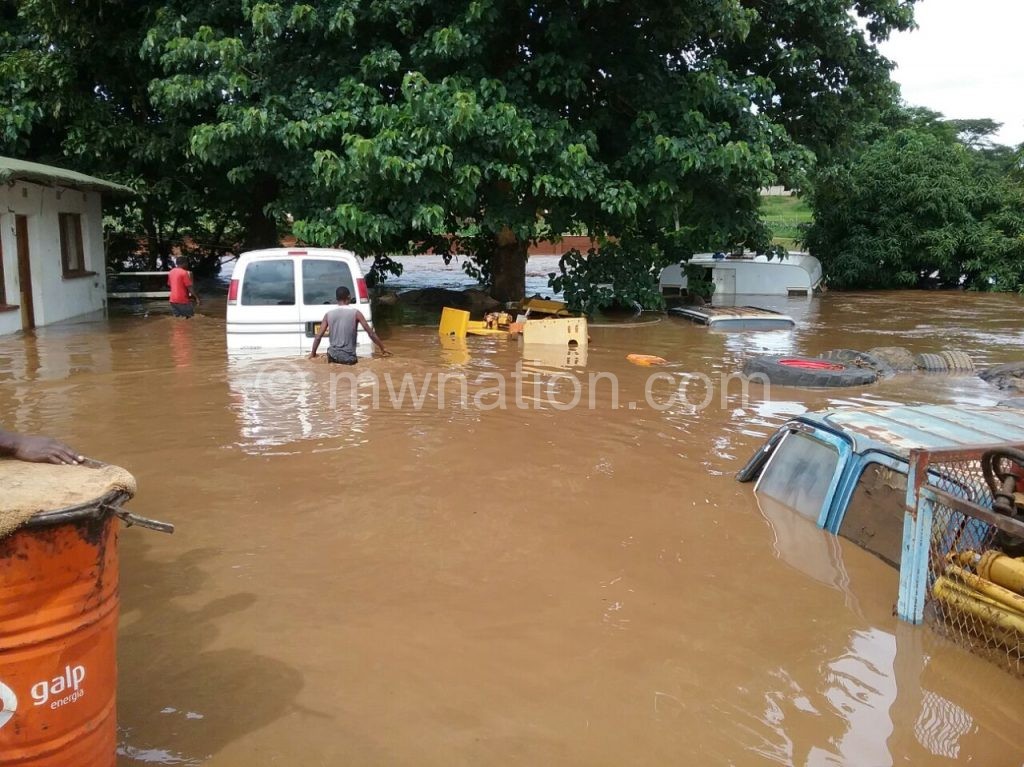
What is the Lake Malawi water project all about?
Malawi government is planning to pump water from Lake Malawi in Salima to supply domestic water to Lilongwe City. Along the way, the project will also supply water to towns and market centres. Members of Parliament could be requested to approve or guarantee a loan of K400 billion for the project. It is also publicly reported that Khato Civils [Pvt] Ltd have been earmarked to do the engineering works for the project. The rest of the details about the project are sketchy at the moment and there are not many publicly available reports on the project. As a water professional, I too I am trying to make sense of the project. I have no doubt that Lilongwe City requires additional water resources for now and the future. This is not debatable. What is debatable is the how.
Do the philosophical and technical underpinnings of the project make sense?
The project philosophical underpinnings says Malawi has the third largest lake in Africa and that water is visibly sitting idle as Lilongwe City and other towns suffer from water shortage. The proposed solution is to pump water from Salima to Lilongwe to supply domestic water to Lilongwe City plus other towns along the way. Here is the brief on the Hydrology of Lake Malawi.
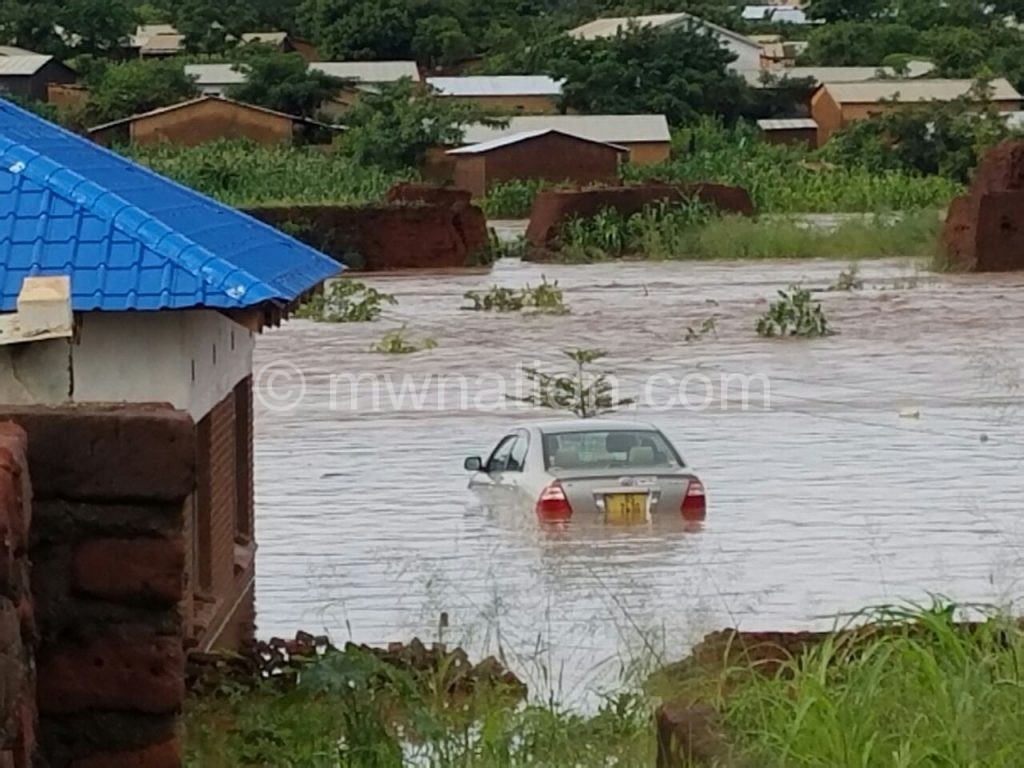
Apart from rainfall directly falling over the lake, most of the water in Lake Malawi come to the lake via rivers and streams from the high grounds of central plains and the surrounding mountains. Water travels to the lake for free by gravity. Almost all of our rivers travel eastwards aided by gravity towards the lake. The lake itself is at the lowest point elevation wise (some 474 metres above sea level).
Those pushing for pumping water from the lake have not convinced Malawians philosophically why we are not catching the water before it reaches the lake instead of waiting for the water to first reach the lake only to be pumped backwards to Lilongwe? Catching the water before it reaches the lake is a low-cost approach because you are using as much as possible gravity instead of pumping. 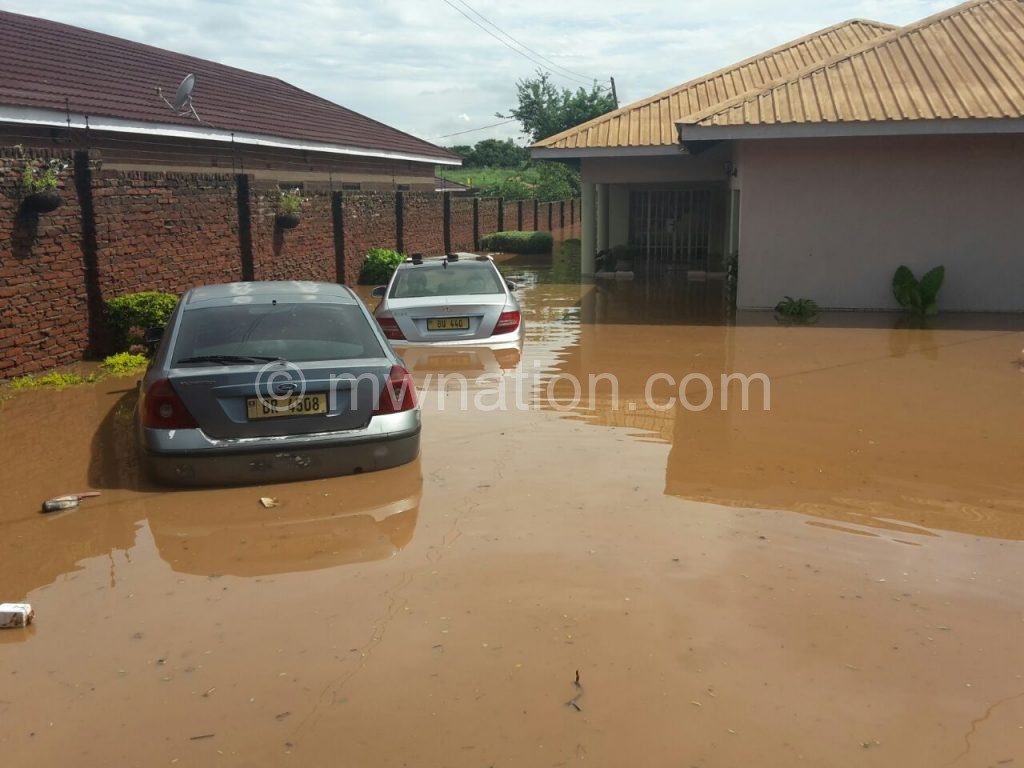
Furthermore, by catching the water before reaching the lake through multi-purpose dam construction, we can as a country create some opportunities for hydropower generation, some fish farming and tourism. In cases where pumping is required, the total lift required will be low. That was the basis of catching the water from Dzalanyama Mountains through Kamuzu Dam One and Two and let gravity deliver the water to Likuni water pumping station for distribution in Lilongwe City using low-lift pumps. Compared to Lilongwe City, Blantyre City incurs high pumping costs because it is pumping water from Walker’s Ferry on the Shire River (lowest point) up the Shire Highlands to Blantyre City.
Blantyre City water engineers must be happy because of the proposal to take water from Mulanje Mountain largely through gravity (and some limited booster pumping) to Blantyre City. Me too I am happy on the Mulanje Water Project assuming a feasibility study and environemntal and social impact assessment (ESIA) have been done. This is a low cost way. Lilongwe City can do the same by taping water from proposed Diamphwe Dam or other dams on rivers and dambos surrounding Lilongwe City. But not from low-level Salima. The pumping cost is likely to be horrendously high. I can even propose we take water from Viphya or Nyika Mountains via west Mzimba through Kasungu by gravity to Lilongwe City. It is likely to be cheaper than pumping from Salima. Without a feasibility study on each of these proposals, we cannot fully know let alone decide the best option.
How much water are we going to abstract from Lake Malawi to supply Lilongwe City and Towns?
Do we know the projected volume of water to abstract per second (discharge?). Given this volume to be abstracted from Lake Malawi, will this have an impact on the outflow of Shire River affecting power generation on the Shire and Water Supply to Blantyre or fisheries? Can this abstracted water not be supplied through other short distance alternatives from Lilongwe City? Diamphwe Dams (two sites, upper and lower), Raising the height of Kamuzu Dam 1, Dams on other rivers and dambos (Likuni, Mlare, Lingadzi, Lumbadzi, Namitete?). Given the discharge and the design pressure of the water, what will be the required pipe size? Can this size of pipe be laid easily and fast? Can this size of pipe be manufactured in Malawi or imported? By road or rail? How long will it take to deliver the pipe to Malawi? Is this a fast delivery project ready in two years as publicly reported?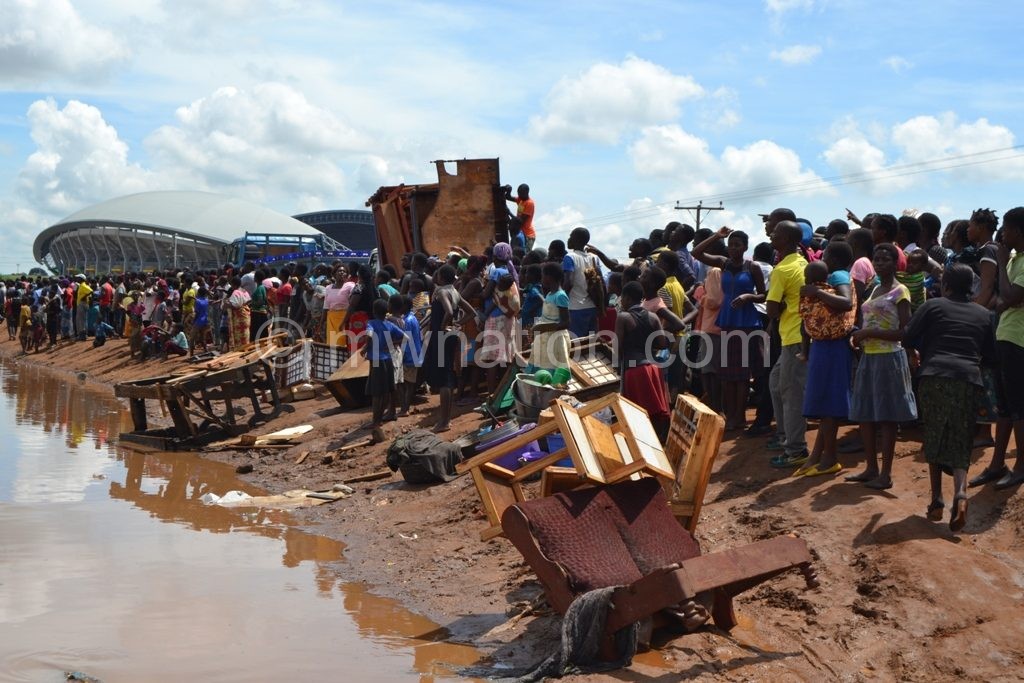
What route will the pipeline take?
What is the best route for the pipeline? Will the pipeline follow the Salima-Lilongwe road route with its ups and downs making smooth pumping difficult or it will follow the Salima-Lilongwe railway route for smooth gentle slope not punishing to the pumps or another route? Will the pipeline need land bridges or aquaducts to cross rivers, gullies and dambos? Will it need a storage dam like Mudi Dam in Blantyre City? For design purposes, what is the total actual distance of the pipeline, 60 km, 120 km or 180 km? Are there land tenure, settlements and compensation issues along the proposed route? Who will compensate the communities and at what cost? How soon can this be done?
What pipe material should be used to limit corrosion of pipes along the proposed route of the pipeline?
Have soils, geotechnical and geological formations studies been done to inform on what pipe material should be used or not used (plastic or galvanized iron etc) and at what placement depth? I am aware that in a certain irrigation project in Malawi, a wrong pipe material was used and the whole 8.8 km of pipe needed to be replaced because of excessive pipe corrosion. Very costly. Here we are talking of 120 km! Can you imagine a mistake on pipe material covering some 120 km? How about a seismographic study given that Salima is prone to earthquakes? Earthquakes are bad for buried pipes.
Where will the intake be and at what depth should it be placed?
Lake Malawi is notorious for changing lake levels. Has a lake hydrographic study been done on changing water levels of Lake Malawi to inform where to place the intake, how far into the lake and at what depth? I am aware that several irrigation schemes abstracting water from the lake have their intakes and pumps either been inundated by water or exposed dry by low lake levels (Dwangwa Sugar Estate, Rifuwu Irrigation Scheme and even Malawi Mangoes). A hydrographic study of the areas around the lake intake is a must.
What are the power requirements of pumping water from Salima to Lilongwe City?
Have we estimated the power requirements of lifting water from Lake Malawi at Salima to Lilongwe? What are the elevations along the proposed route? What’s the maximum elevation difference from the Salima intake to the highest point? Is the elevation profile of the proposed route known? Is gravity helping in some areas? At what points will booster pumps be required? Given the size of the proposed pipe and route distance, can we estimate the total friction and minor losses and hence estimate the total lift (head) and the power required to pump water to Lilongwe City? What will be the source of power (solar? wind? Escom mains?). Do we have enough power for this?
I once asked my students to do a rough estimate of power requirements for the Salima water project given the required discharge, distance and total lift from Salima to Lilongwe City. The crude power estimates were ranging between 68 mega watts (MW) to 128 MW in a country where Escom is failing to generate 300 MW. Where will the power come from? Will the project have enough power? How about the Escom rationing and the blackouts? Will we go solar or wind? What is the land hectarage (foot print) and cost required for solar? Where is this land? Any land tenure issues to be sorted out? Raged communities have been known to unleash gulewamkulu or chase ministers from project sites to protect their interests.
Has the Environmental and Social Impact Assessment study been done?
It is a requirement under Environmental Management Act law to carry out an Environmental and Social Impact Assessment (ESIA) Study for a water project of this size. They did it for Diamphwe Dam. I do not see the Environmental Affairs Department waiving this requirement even if it was pressured to do so. The project has many possible environmental and social impacts (abstracting large volumes of water from the lake possibly impacting on fisheries, Shire River flows, Power Generation; laying a pipe a distance of 120 to 180 km disrupting settlements and communities etc). It will be criminal not to do ESIA and ignore its findings. ESIA should take one year if done fast and typically two years. You cannot rush ESIA.
To be continued next week…
*Dr Kenneth Alfred Wiyo is a certified registered engineer and an Associate Professor on Water and Irrigation with over 22 years experience in the sector. He teaches water and irrigation issues at Bunda Campus, Luanar. He is writing in his personal capacity.


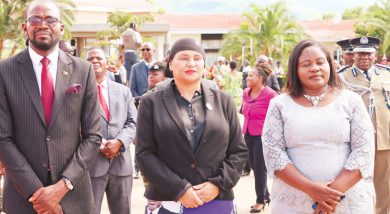


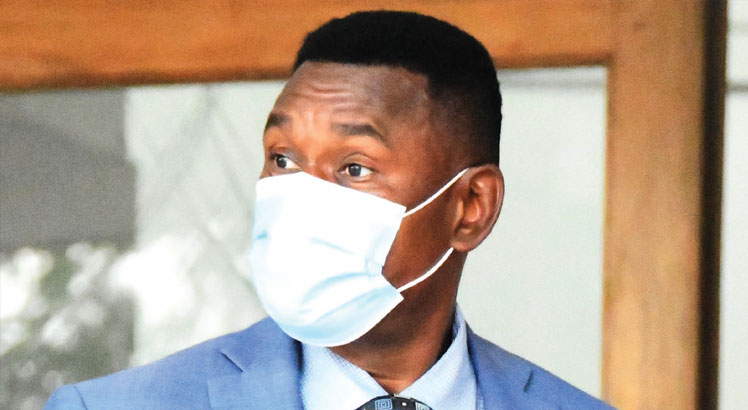
Malawi is failing to develop because of the so called myopic professors.
Don’t be mean Sam… The guy has raised important points. The vocal CSO’s and the media must push the relevant authorities to provide answers on the questions Mr Wiyo has raised.
Sam you misunderstood the article the guy is only calling for analysis and reasoning to avoid nsanje port white elephant
And what has professors like him contributed so far .Thees water problems have been there for decades, why not using their skills and knowledge to help the government overcome the water crisis. Why coming out because the government has now found a solution. I see this as typical paperwork of professors who claim to know much but can not do things practically. In other countries it is academicians who come up with many innovations which benefit not only their country but other countries as well. Ma professors ena nde ndi awo dziko likuwakanikalo
No this is not Paper work. This is great analysis. Every innovation or creativity has robust critical analysis otherwise a lot of resources are put into projects that do not amount to anything. This article poses critical questions. And I suggest that the people who have the contract to bring water from Salima to Lilongwe should be excited with this rich robust interaction to help them dream the way well. Thanks Dr. Wiyo for being wonderfully and proactively analytical in this piece.
A Machivelli, wakusina khutu ndi mnansi wako, several projects in this country have gone wrong because of such rushed decisions. Remember many bore holes were sunk during the Muluzi era in such a rushed manner and many run dry as early as june and have been lying idle todate. If the MPs or indeed government technocrats are serious especially looking at such large volumes of money, they they should call for consultative meetings with such people to get their input the way Finance Minister has been doing prior to a budget presentation. Remember the the MK187million projects and the inland port. I totally agree with his version of perspective